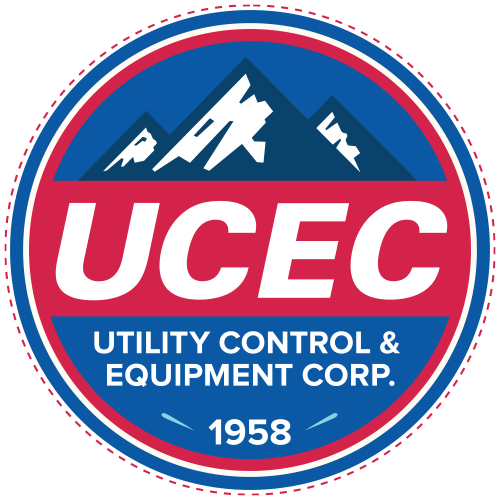The Importance of Correctly Torquing Terminals
By Garrod Massey
One of the safety angles we diligently pursue here at UCEC is the correct torquing of our terminals. There’s a fine line between having a too loose wire or a too tight wire. Incorrectly torqued terminals can cause the connection to arc and spark, starting a fire; or it can make the components work harder than they should, which leads to overall component degradation.
We use torque screwdrivers and torque wrenches to ensure our terminal block connections are tightened to manufacturer specifications. These connections are electrically tested here at the shop so we’re confident we’re shipping a panel that is safe and devoid of arcing or sparking. I’m serious about our torquing: our torque instruments are checked for calibration each Monday morning using a digital torque measurement tool.
Our panels leave the UCEC shop safety tested and ready for installation at their final destination. Sometimes, however, there are factors we can’t control that might loosen our carefully torqued connections such as vibration during transportation or excess vibration in plant environments.
“A new tool that we’re seeing more and more with some customers and engineering firms is a thermal imaging camera that detects hotspots in the panels.”
The wiring side of the shop isn’t the only place where torquing occurs. Over on the fabrication side, Zach Fothergill’s team might have to attach lug kits to disconnect switches or circuit breakers. That lug kit requires careful torquing for safety.
I always like to remember that we’re putting UCEC’s reputation on the line with each panel we build and wire. It’s our goal to keep our personnel and the customer’s personnel safe above all else.
Garrod is an Operations Support Manager for UCEC. He blogs regularly for UCEC, including this post about searching for efficiency.


